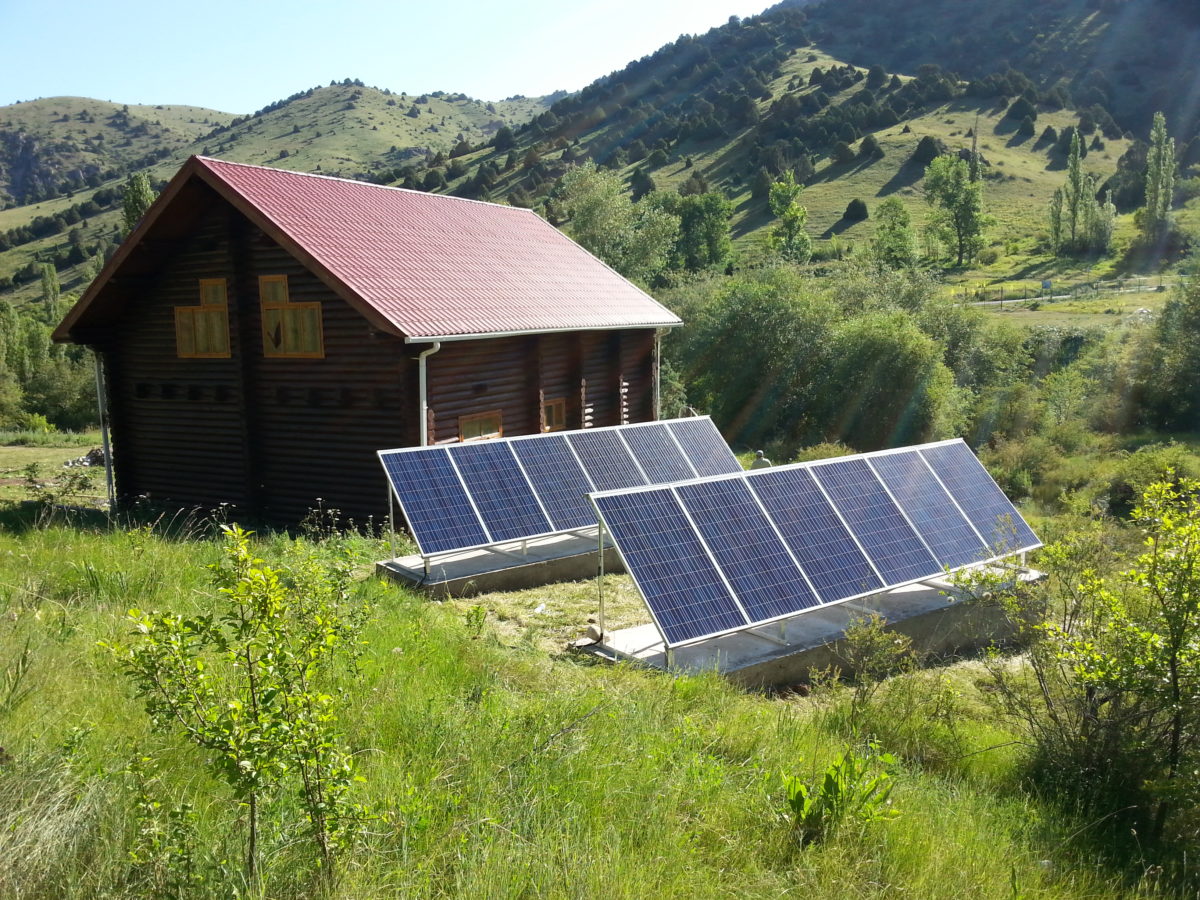Echoing last year’s findings, a report compiled by five international agencies shows the world is still falling short of the global energy targets enshrined in United Nations Sustainable Development Goals (SDG) for 2030. The good news is, the number of people without access to electricity continued to shrink as the deployment of off-grid power solutions gathered pace – led by solar.
A report by the International Energy Agency, International Renewable Energy Agency, United Nations Statistics Division, World Bank and World Health Organization found the number of people living without electricity fell to roughly 840 million in 2017, from 1 billion a year earlier and 1.2 billion in 2010. However, at that pace it is estimated 650 million people will still be without access to electricity in 2030, 90% of them in sub-Saharan Africa.
Although considerable efforts have been made to deploy renewable energy technology for electricity generation, and to improve energy efficiency, access to clean cooking solutions and the use of renewables in heat generation and transport are still lagging far behind the UN goals, according to Tracking SDG7: The Energy Progress Report.
Access to electricity: Off-grid solar leads the way
As defined in SDG number seven – the goal related to affordable and clean energy – approximately 89% of the world had access to electricity two years ago, up from 83% in 2010. At least 34 million people gained access to basic electricity services in 2017, either through standalone systems or connection to minigrids.
Solar accounted for the bulk of off-grid solutions, powering around 85%. Solar home systems and lanterns/lighting systems accounted for around 50% and 35% of the off-grid total, respectively, followed by rechargeable batteries (10%) and minigrids (2%).
Although universal access to electricity remains a distant dream, strong progress was made in central and southern Asia – where 91% of the population had access to electricity by 2017 – and to a lesser degree in sub-Saharan Africa, where seven out of 10 people still without access lived in 2017.
Renewables penetration
Popular content
Renewables accounted for 17.5% of global energy consumption in 2016, versus 16.6% in 2010. Progress on increasing the share of renewables, however, was uneven, with a rapid increase in electricity generation (1 percentage point to 24% in 2016) offset by less success in penetrating energy consumption for heating (10% at the end of 2016) and transport (3.3%).
Based on the current rate of progress, the share of renewables in the energy mix is set to fall short of the 2030 goals. While there is no quantitative renewables target for SDG7, the report notes a substantial further increase in renewable energy adoption is needed for energy systems to become affordable, reliable and sustainable.
The report found the growth of renewables in electricity consumption was driven by continuous drought recovery in Latin America; China’s record-breaking wind capacity growth in 2015 – most of which became fully operational in 2016 – and rapid solar capacity expansion in China and the United States, which propelled a solar power rise of 30% in 2016.
Cooking on gas… unfortunately
As the share of renewables grows, the agencies behind the report noted policies need to cover the integration of renewables into the broader energy system and take into account the socioeconomic impacts affecting the sustainability and pace of the energy transition.
In addition to the share of renewable energy in the global energy mix, the SDG7 report also tracked energy efficiency and clean cooking. It found energy efficiency improvements were more sustained in recent years thanks to concerted policy efforts in large economies. The average annual rate of improvement in global primary energy intensity between 2010 and 2016 was 2.3%. However, that still fell short of the SDG target of 2.6%
In 2017, universal access to clean cooking appeared to remain an unattainable goal with almost three billion people, mainly in Asia and sub-Saharan Africa, relying instead on biomass, coal or kerosene as their primary cooking fuel. Under current and planned policies, the number of people without access to clean cooking fuel would be 2.2 billion in 2030, with a significant knock-on effect on health, the environment and gender equality.
This content is protected by copyright and may not be reused. If you want to cooperate with us and would like to reuse some of our content, please contact: editors@pv-magazine.com.



2 comments
By submitting this form you agree to pv magazine using your data for the purposes of publishing your comment.
Your personal data will only be disclosed or otherwise transmitted to third parties for the purposes of spam filtering or if this is necessary for technical maintenance of the website. Any other transfer to third parties will not take place unless this is justified on the basis of applicable data protection regulations or if pv magazine is legally obliged to do so.
You may revoke this consent at any time with effect for the future, in which case your personal data will be deleted immediately. Otherwise, your data will be deleted if pv magazine has processed your request or the purpose of data storage is fulfilled.
Further information on data privacy can be found in our Data Protection Policy.